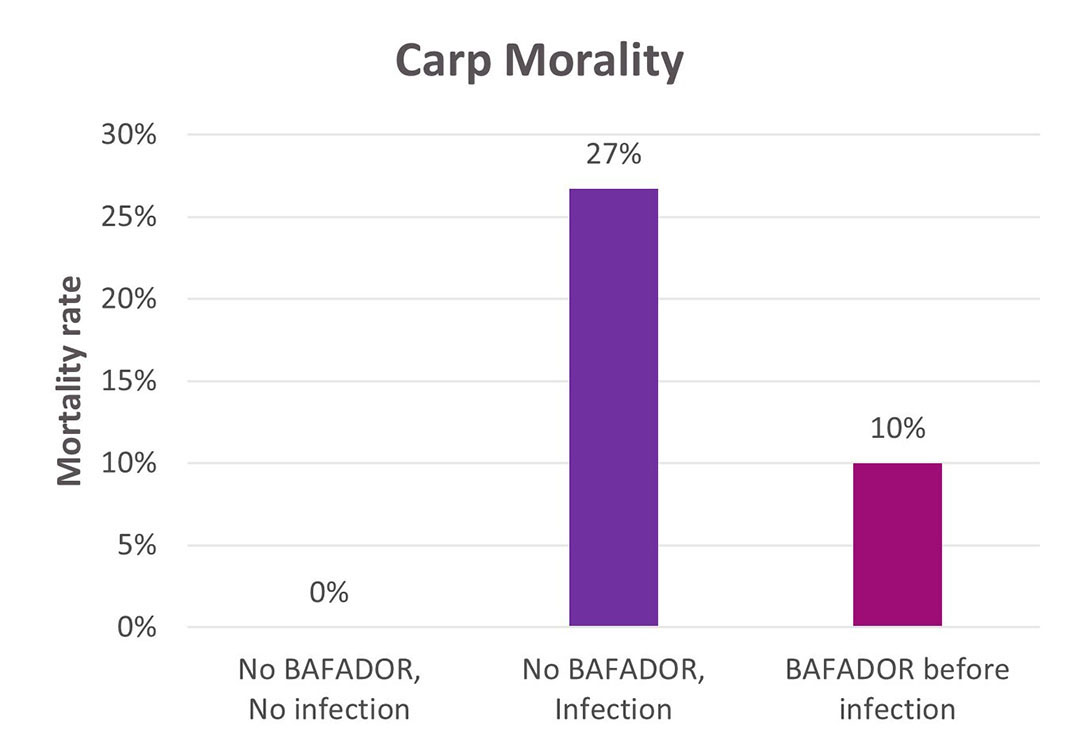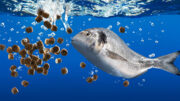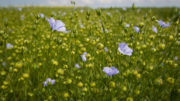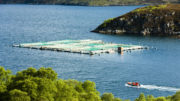Phages can be used to tackle AMR by reducing the unnecessary use of antibiotics in all animal inductries. They are sustainable, highly efficient and stable feed additives.
Antimicrobial resistance (AMR) has become an increasingly important threat to public health. The excessive use of antibiotics has caused pathogens to mutate and become more resilient to drugs, rendering them ineffective. AMR was directly linked to 1.3 million human deaths in 2019 (FAO) and one of the sources of this challenge is the use of antibiotics in the animal production food chain. Most of the antibiotics produced is consumed by animals. Aquaculture has grown considerably over the last decade, accounting for 25% of global fish production in 2000 and increasing to 47.9% in 2019 (FAO 2021). Governmental institutions and commercial producers have taken many steps over the years to control the excessive use of antibiotics but often there are still no tangible sustainable alternatives for disease control of cultured aquatic species.
Phages, good viruses
Bacteriophages, also commonly known as phages, are the oldest organisms on the planet. They are good viruses that target only specific bacteria. They are therefore safe for humans, animals and plants as they do not affect the host’s cells nor damage its beneficial microbiome.
Bacteriophages are the most numerous organisms on the planet, and can be found in water, soil even in food. Based on epifluorescence microscopy, it was suggested that there are at least ten phages for each bacterial cell present in the environment but their number in the environment is not sufficient to effectively help the fish. Over the last 50 years, the scientific community have renewed their interest in these organisms isolating more than 5100 different bacteriophages. However, developing bacteriophage products on an industrial scale has always been a challenge. Proteon Pharmaceuticals uses precision biology and genomics, to develop effective and stable products for commercial use.
What are bacteriophages?
Bacteriophages usually possess a protein head, also called a capsid, containing their genetic material. It is attached to a contractile tail that usually ends with six tail fibres connected by a base plate. These fibres will recognise and attach only to specific molecules on the surface of the targeted bacterial membrane.
Proteon Pharmaceuticals has worked with bacteriophage technology for over ten years and has developed highly efficient, stable and sustainable feed additives for different animal industries. Our mission is to use phages to tackle AMR by reducing the unnecessary use of antibiotics, safeguard animal health and welfare and reduce the economic impact of diseases on the farmer.
Want to learn more about how bacteriophages work? Watch this video
Bafador: A bacteriophage solution to help fish fight infections
Bafador is a bacteriophage feed additive that supports fish welfare and robustness. It is a cocktail of five virulent bacteriophages targeting Aeromonas spp. and Pseudomonas spp. bacteria that helps maintain a beneficial balance in the fish’s gut microbiome. When given ahead of challenges it can help the fish cope with the disturbances caused by bacteria, including antibiotic-resistant ones. Because bacteriophages target only bacterial cells and are not dependent on the host organism, Bafador is not species-specific and has proven efficient in various cultured fish species such as carp and trout. It is administered by coating the feed with the recommended dosage, to ensure the fish ingests the preparation. Consequently, it has also proven to be effective in different production systems such as RAS, flow-through systems or pond rearing. As it is natural and biodegradable, there is no withdrawal period and it is completely safe for the cultured organisms, with no adverse effects to the animal cells.
Bafador is registered in India and is currently being sold as a feed additive. Field trials have shown that administration of the product supported the animal’s immune and microbiome resilience, consequently resulting in 90-100 % survival on the farms. In a controlled study (Figure 1), fish were given the product before a bacterial challenge which helped reduce the impact of infection by 62.5 %.
Figure 1 – Mortality in carp.

Click to enlarge figure
180 carp with average weight of 92g were divided into 3 groups with 3 repetitions each. The product was administered in amount of 50 ml/ton of biomass for 8 days prior to intraperitoneal infection.
Shrimp production
For the aquaculture industry, we are also co-developing, with Skretting, a product which will increase resilience to Vibrio sp. bacteria in shrimp. Vibrio parahaemolyticus is the main cause of mortalities in shrimp production and results in big economical and production losses for the farmer. Shrimp production has increased exponentially in the last years and there are very little solutions tailored to shrimp species and production for such an opportunistic bacteria.
Learn more about the product specifics here.




